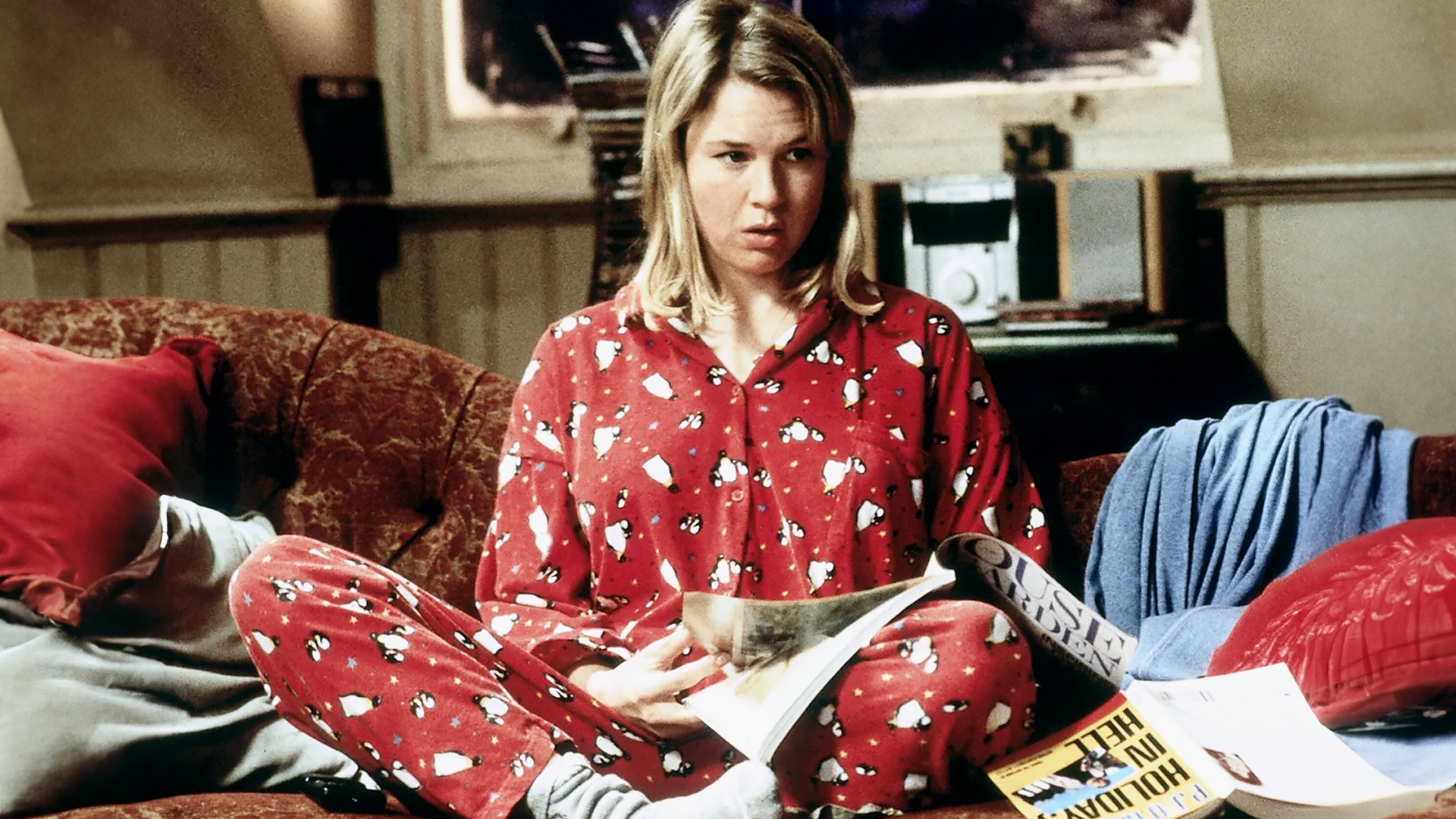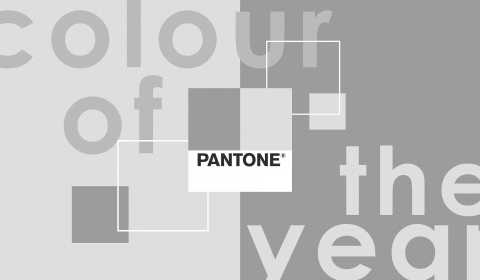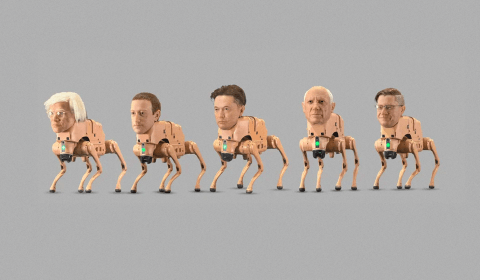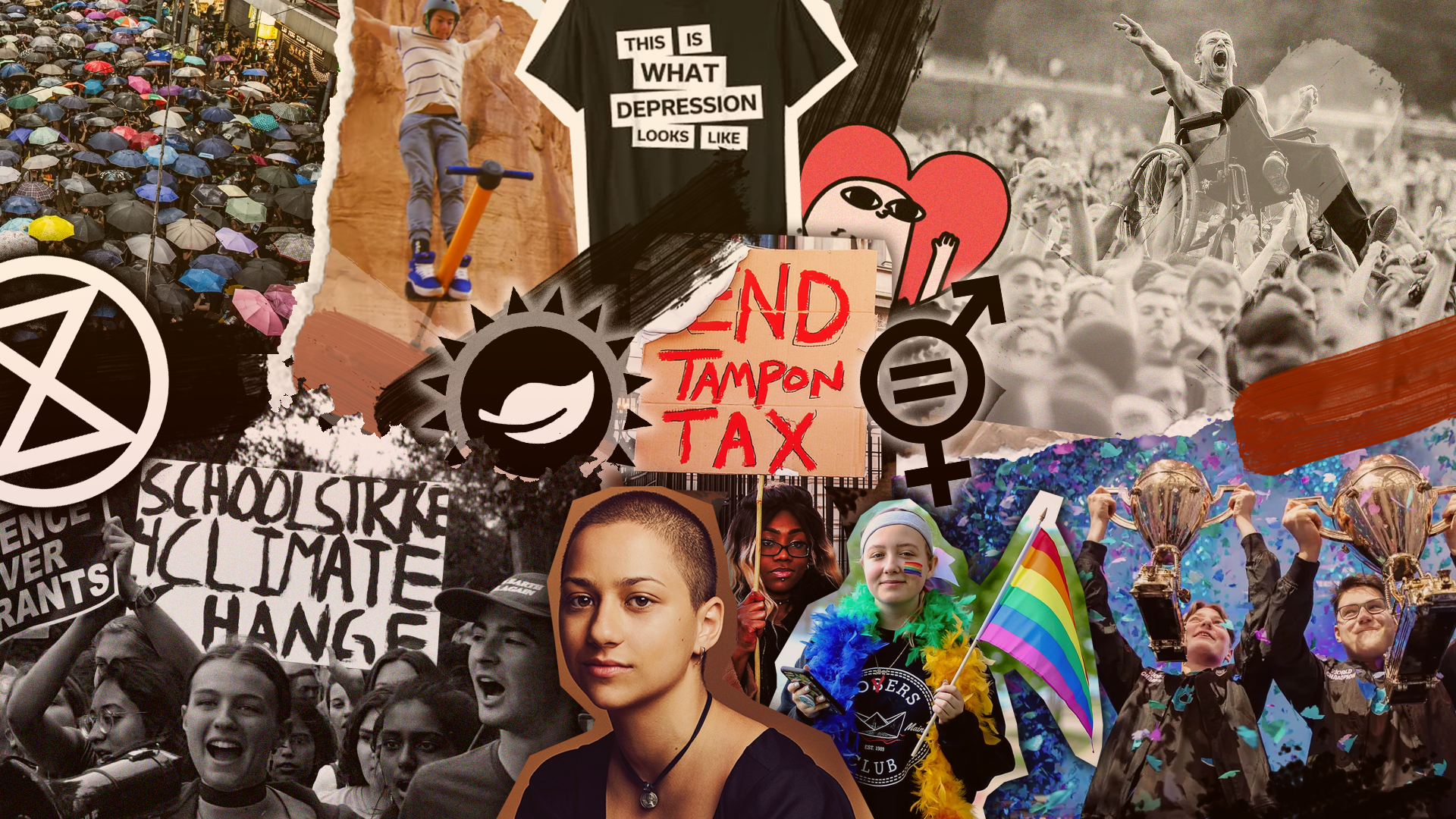Free and thriving – or just paying more rent? Let’s break down the economics of singledom.
Breathe a sigh of relief, for February is almost over. It’s that special time of year when couples throw cash at overpriced dinners, smugly split the Uber home, and post a well-lit shot of each other on social media.
As for the single population? We’re left to pay the infamous ‘single tax’. But is being alone in your twenties really the financial struggle-bus everyone makes out? Or does skipping the loved-up festivities actually leave us more to splurge on ourselves? Let’s get into it.
For starters, despite what anyone tells you, living alone is the dream. No one to steal your oat milk, a clean house when you get back from work. The list goes on. But that freedom comes with a price of its own. Rent, utilities, Wi-Fi, the everyday expense of just existing certainly feels more intense without someone to balance the load.
Last year The Guardian estimated that the cost of being single was around £10,000 more per year than the coupled-up amongst us, largely down to the huge savings involved when splitting rent payments 50/50.
And it’s not just housing. Everything from health insurance to gym memberships and holiday packages often assume you’re booking for two. The world is built for couples, so if you’re not paying more, you’re probably paying with your dignity.
But being in a relationship isn’t as frugal as one might assume. Valentine’s Day isn’t the only holiday that encourages us to splurge on our significant other.
There’s birthdays, anniversaries, scheduled date nights, dinners out. When you’re loved up, especially in the early stages of a partnership, it’s common to want to spend all of your time together, and that often involves trips and activities that don’t come for free.
The fact that capitalism is geared towards couples in this way explains the general economic stigma against being single.
As fewer people are getting married, and the number of single people increases, a ‘negative externality’ is being created. And it’s a vicious cycle, as men who struggle in the economic crisis become – theoretically – less attractive to single women.
‘For most of human history’ writes Bloomberg’s Allison Schrager, ‘marriage was a necessary economic and social agreement, especially for women.’ With fewer job prospects and individual freedoms, ‘finding a partner was their best hedge’ at a prosperous life, ‘hence the stigma against being single.’
But in today’s society, things are different. With their own economic prospects, women no longer have to settle. And even if being single is more expensive, there’s far less of a stigma around being alone.
We’re also looking for more than just economic stability when it comes to finding a partner. We want intellectual stimulation. We want a social and emotional equal. These are all important factors in finding a mate – let alone marrying them.
Dating apps, solo travel, bougie fitness classes, brunch culture – these are all fueled by the people not spending their weekends assembling IKEA furniture with their significant other. And let’s not forget that single people often work more hours, relocate more easily, and aren’t tied down by anyone else’s life plans.


















